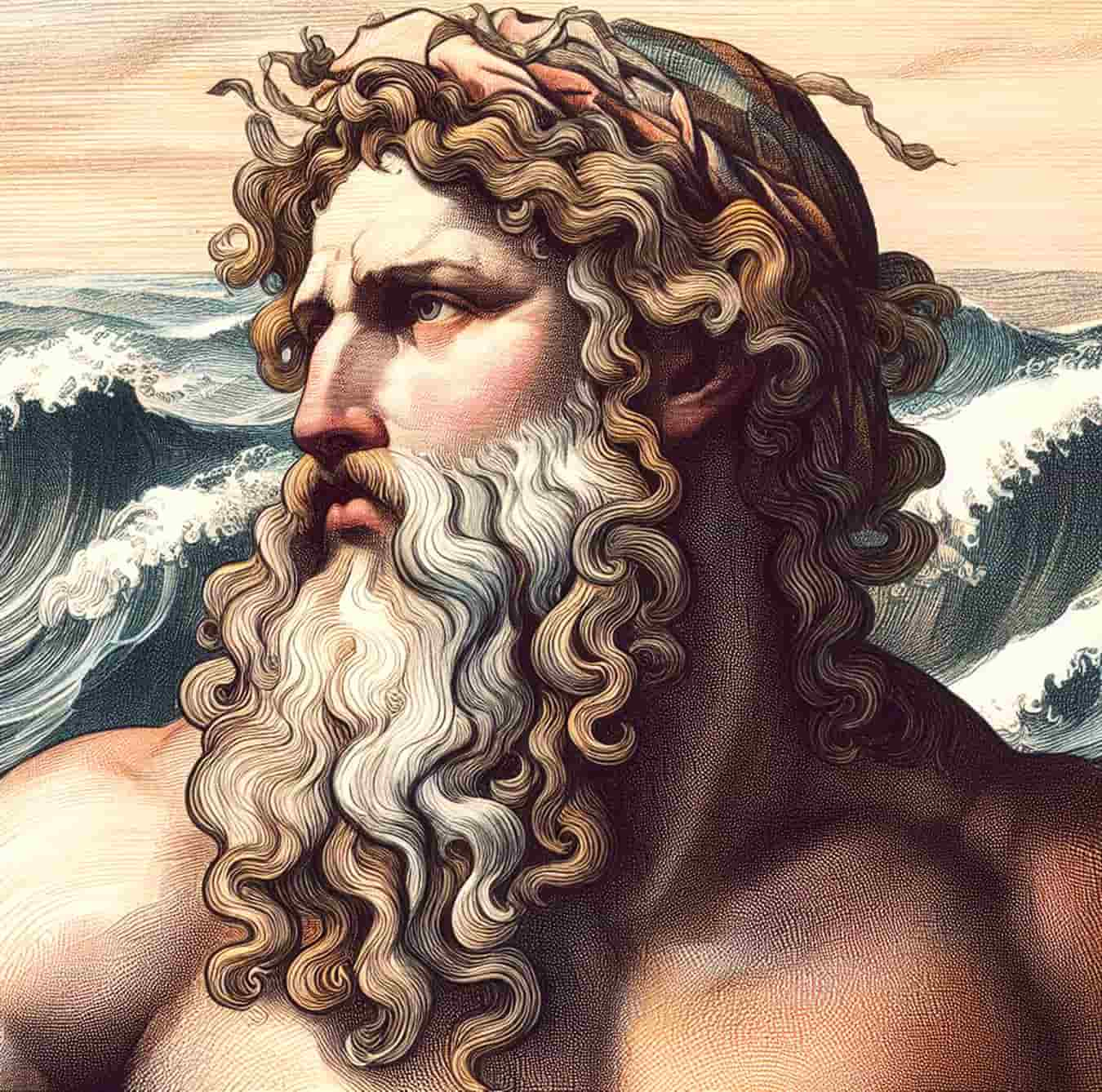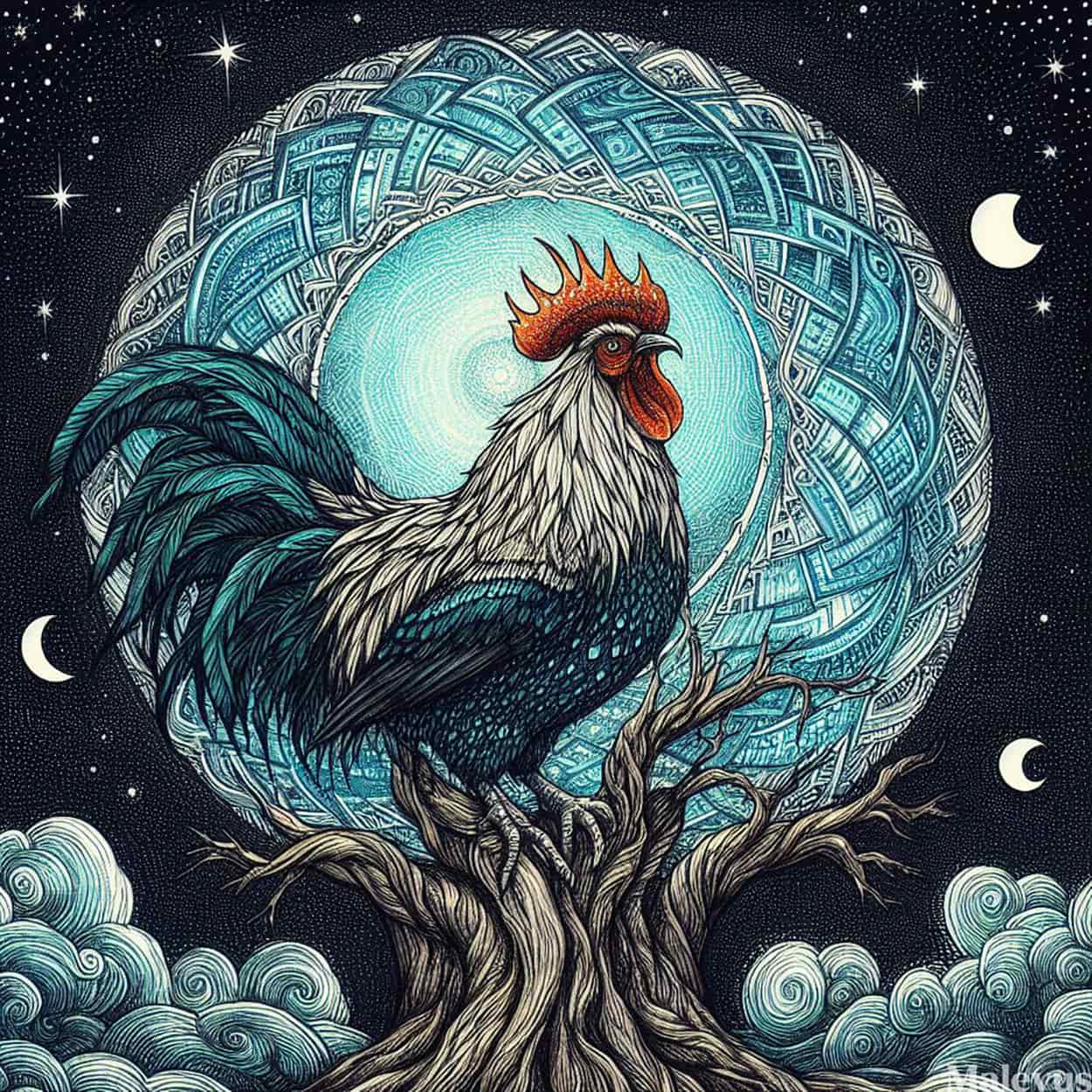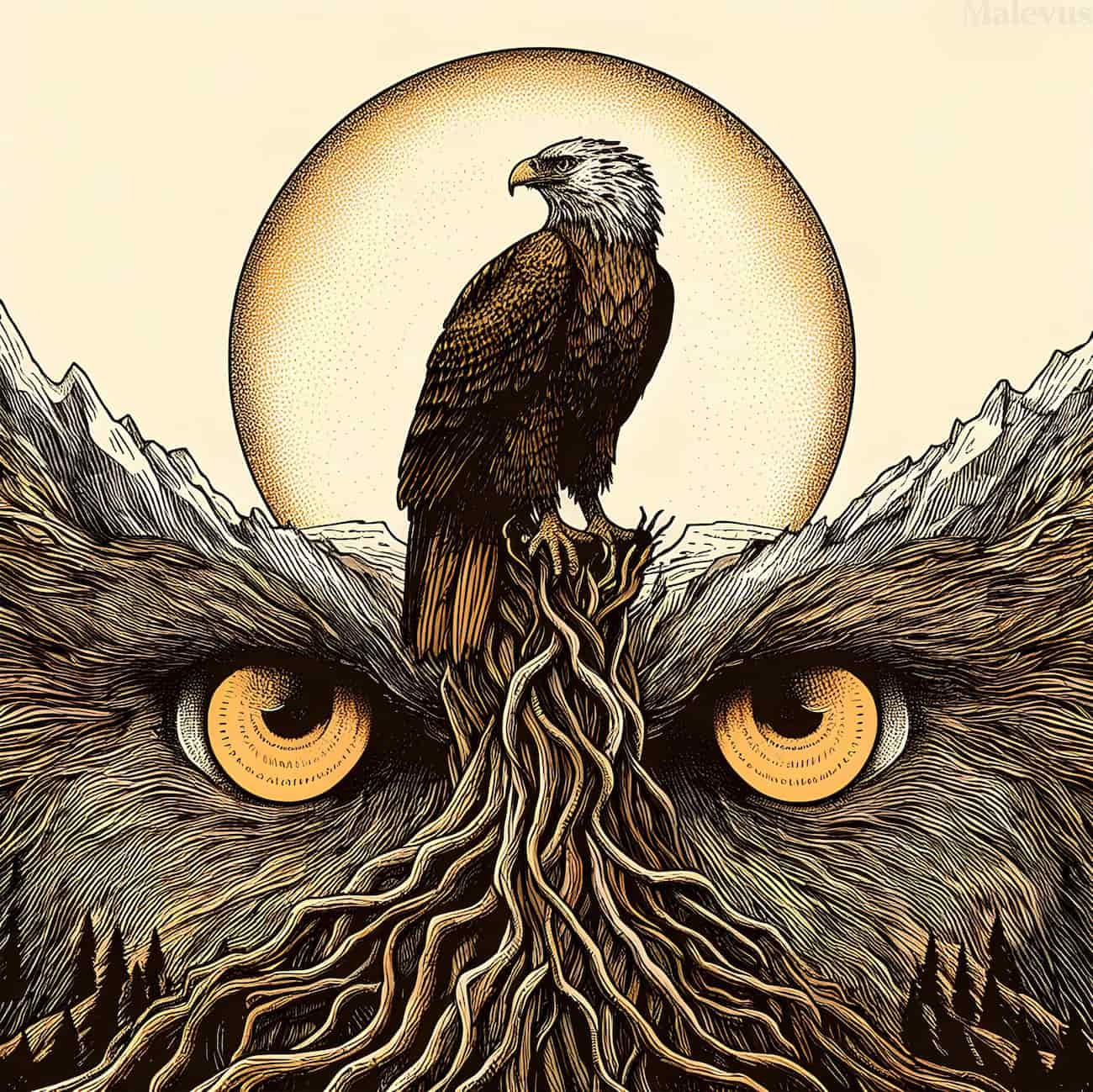- Hermod is depicted as the messenger of the gods in Norse mythology.
- His name, Hermóðr, means “as courageous as an army” or “the one with the spirit of an army” in Old Norse.
- Hermod embarks on a journey to Helheim to negotiate for Baldr’s return to Asgard.
Hermod (Hermóðr, in Old Norse) is the son of Odin and the brother of Baldr in Norse mythology. He is depicted as the messenger of the gods and plays a role in the myth of Baldr’s death, where he embarks on a journey to Helheim to negotiate for Baldr’s return to Asgard. Whether Hermod is divine or heroic is up for debate. In Snorri Sturluson’s Prose Edda, a 13th-century work based on even earlier sources, Hermod is portrayed as a god and his role in this text is that of a messenger. In the myth, he appears after Baldr is killed and offers to go to Helheim, the realm of the dead, to plead for his brother’s freedom from the realm’s guardian, Hel.
In the same way that Hermes is to Greek mythology and Mercury is to Roman mythology, Hermod is to Norse mythology.
Hermod in History

Hermod is mentioned briefly in the Skaldic poem Hákonarmál and the Eddic poem Hyndluljóð, both written in the 10th and 11th centuries, but in these texts he is treated more like a legendary hero or king.
King Heremod of Denmark is mentioned in the Anglo-Saxon epic poem Beowulf, written around 700–1000 AD in Old English. In the poem, Heremod defeats monsters and dragons, and this king may be the same person as Hermod.
According to Snorri Sturluson, the god Hermod likely descended from a legendary hero like those mentioned in earlier sources. However, academics are still split on this issue.
What Does “Hermod” Mean?
The name Hermod is originally Hermóðr in Old Norse and Herimot in Old High German. Both of these are derived from the elements hari, meaning army, and mot, meaning spirit, courage, and soul. Thus, it means something like “as courageous as an army” or “the one with the spirit of an army.”
Several Norman place names around Europe bear the name of this Norse god or the Norse king Heremod:
- For instance, Hermeville in the Seine-Maritime in France was known as Hermodi villa in the late 12th century, which means “countryside estate of Hermod.”
- Another French commune is called Hermanville, which was Hermodivilla before 1115.
- English place names like Harmondsworth (Hermodesworthe in the late 11th century, Middlesex) and Harmston (Hermodestuna in the late 11th century, Lincolnshire).
The Story of Hermod
In the Hákonarmál
In the 10th century, the Skaldic poem Hákonarmál was written as a tribute to the late Christian king of Norway, Haakon the Good. It describes Haakon’s arrival in Valhalla, where the gods greet him with open arms. Odin, in stanza 14 of the poem, assigns Hermod and Bragi the task of greeting the king (Bragi, Hoder, Tyr, and Heimdall are described as Odin’s sons).
There’s nothing in the poem to suggest the characters depicted here are anything more than heroic mortals. Later mythological texts give the god of poetry the name Bragi, who is almost certainly a deification of the celebrated skald Bragi Boddason from the 9th century. The Bragi in the poem is almost certainly the skald himself, and Hermod is almost certainly a legendary figure who died before his time.
In the Hyndluljóð
Hermod is mentioned briefly and only once in the Poetic Edda, in stanza 2 of the early 11th-century poem Hyndluljóð. Like the hero Sigmund in the Sigurðr cycle, Hermod is depicted in this poem as a figure from the Edda epic cycle.
“Let us pray to Herjafödr,
To keep in good spirits;
He who bestows and gives
Gold to warriors;
He gave to Hermod
Helmet and byrnie,
And to Sigmund
A sword as a gift.”
Hermod and Sigmund are mentioned in the same breath in Beowulf.
In the Prose Edda
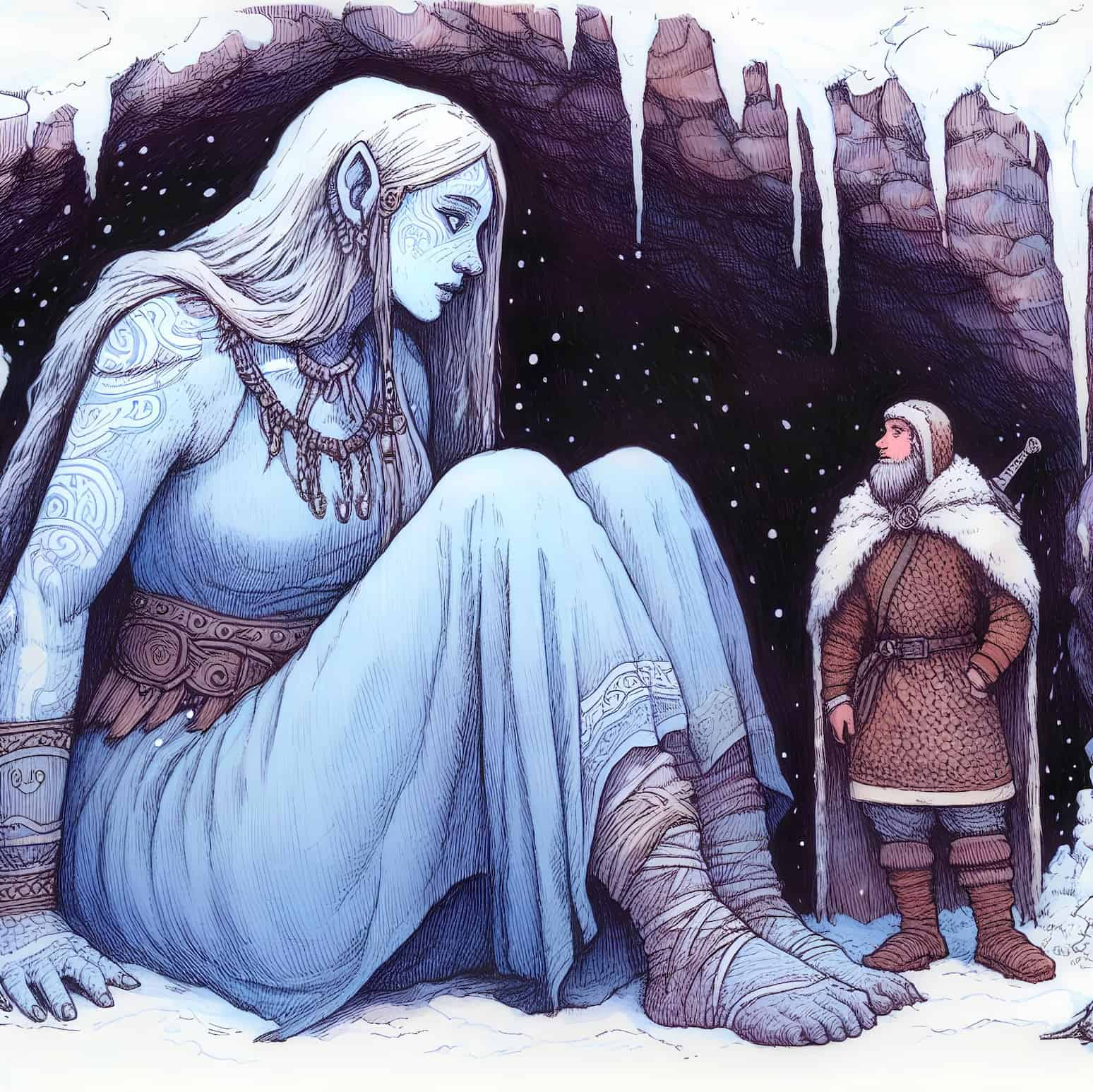
Chapter 49 of Gylfaginning details the death of the god Baldr at the hands of Loki, the god of trickery. To achieve his goal, Loki disguises himself as a giantess called Thökk.
In this story, Helheim, the realm of the dead, is guarded by the goddess Hel, and Baldr’s mother Frigg offers her favor to anyone who will ride there and negotiate with Hel to release Baldr’s freedom. In response, “Hermod the Bold, son of Odin” volunteers and is bestowed with Odin’s steed Sleipnir for the journey.
Before reaching the golden bridge Gjallarbru, which spans the river Gjöll, Hermod rides through nine nights of pitch blackness. Modgud, the young girl who watches over the bridge, has seen that Hermod is not pale like the dead. He reveals that his mission in Helheim is to retrieve Baldr.

The female guardian says that Baldr has crossed the bridge, and she tells Hermod the way to Helheim. He rides up to the entrance to Helheim and urges his horse to make the jump. When he enters the hall, he sees his older brother Baldr and Hel atop her throne.
After spending the night in the underworld, Hermod begs Hel, the goddess of death, to let Baldr go free. She agrees, but only on the condition that all creatures, living and dead, weep for him.
Baldr gives Hermod the ring Draupnir, the same ring that Odin had previously placed on Baldr’s funeral pyre. Frigg receives a linen cloth and other gifts from Baldr’s wife, Nanna, and Fulla, Frigg’s maid, receives a golden ring.
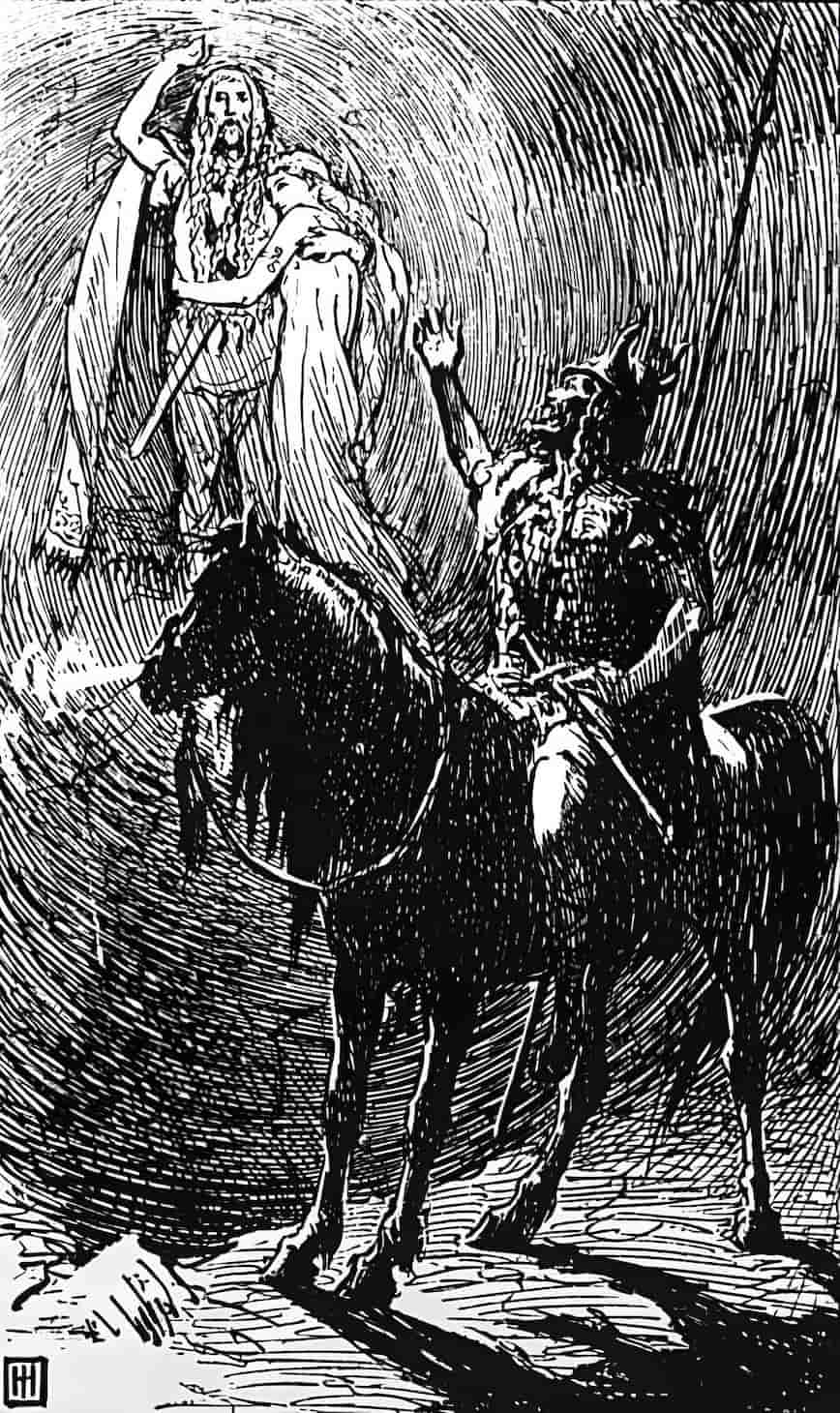
After hearing Hermod’s account of his travels, the gods dispatched messengers worldwide to urge mourners to shed tears for Baldr. A giantess by the name of Thokk, however, refused to weep for Baldr; she was, in fact, the crafty god Loki. This meant that Baldr would spend eternity in the underworld.
When the gods learned the damage Loki caused to Aesir by preventing Baldr from being released from Helheim, they harshly punished him, setting in motion the events that led to Ragnarök.
Possible Origin of Hermod’s Myth
Snorri’s Prose Edda’s remarkably detailed account of Hermod’s expedition to Helheim has led many to speculate that the author relied on a long-lost mythological song recounting the whole adventure, along with the story of Baldr’s death.
The afterlife is frequently the destination of Norse mythological stories. Poems by Saxo Grammaticus and legendary sagas feature it frequently, and it can also be found in the Eddic poems Baldrs draumar and Helreið Brynhildar.
But since Snorri attributes divine status to Hermod, he is probably based on a real-life heroic figure in Nordic or Germanic history. In addition, Hermod is not included in Snorri’s list of the Aesir gods known as the Nafnaþulur.
References to Hermod Today
- Hermod is a minor character in Norse mythology but he has been popularized through comic books.
- “Hermod’s Ride to Hel” from the Swedish death metal band Amon Amarth’s 2006 album “With Oden on Our Side” is a melodic death metal retelling of the Hermod myth.
- The Marvel Comics character Hermod (debuting in Thor #274 in 1978) was created in honor of this god. He is one of the young members of the Norse pantheon and he possesses the ability to move at hyperspeed.
- Several video games feature Hermod. For example, the 2018 video game “God of War” makes frequent allusions to various mythological texts, including those that describe Hermod as the messenger of the gods.
Hermod’s Forebears
- Ymir
- Son of Ymir
- Ymir’s Daughter
- Bolthorn
- Bestla
- Bolthorn
- Auðumbla
- Buri
- Borr
- Odin (from Borr and Bestla)
- Hermod (from Odin and Frigg)
- Odin (from Borr and Bestla)
- Borr
- Buri
- Fjörgynn
- Frigg



